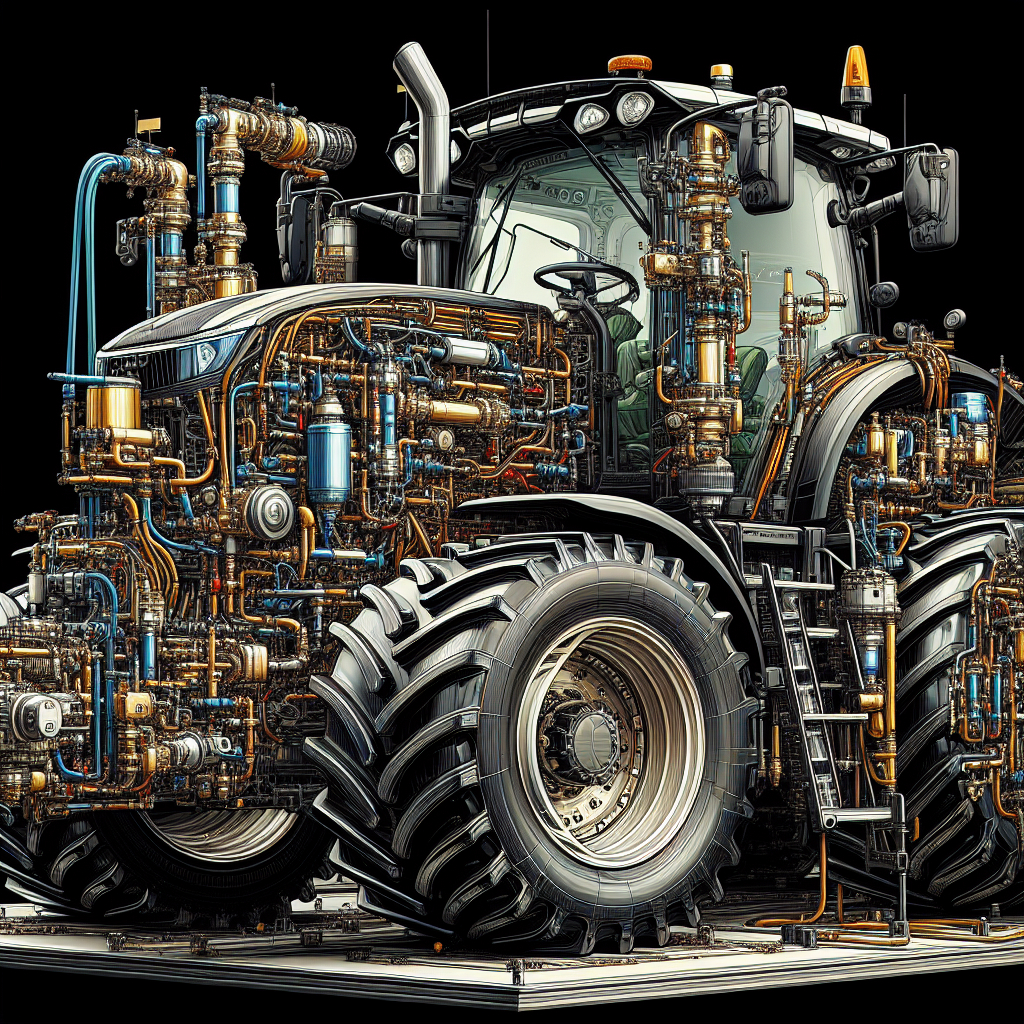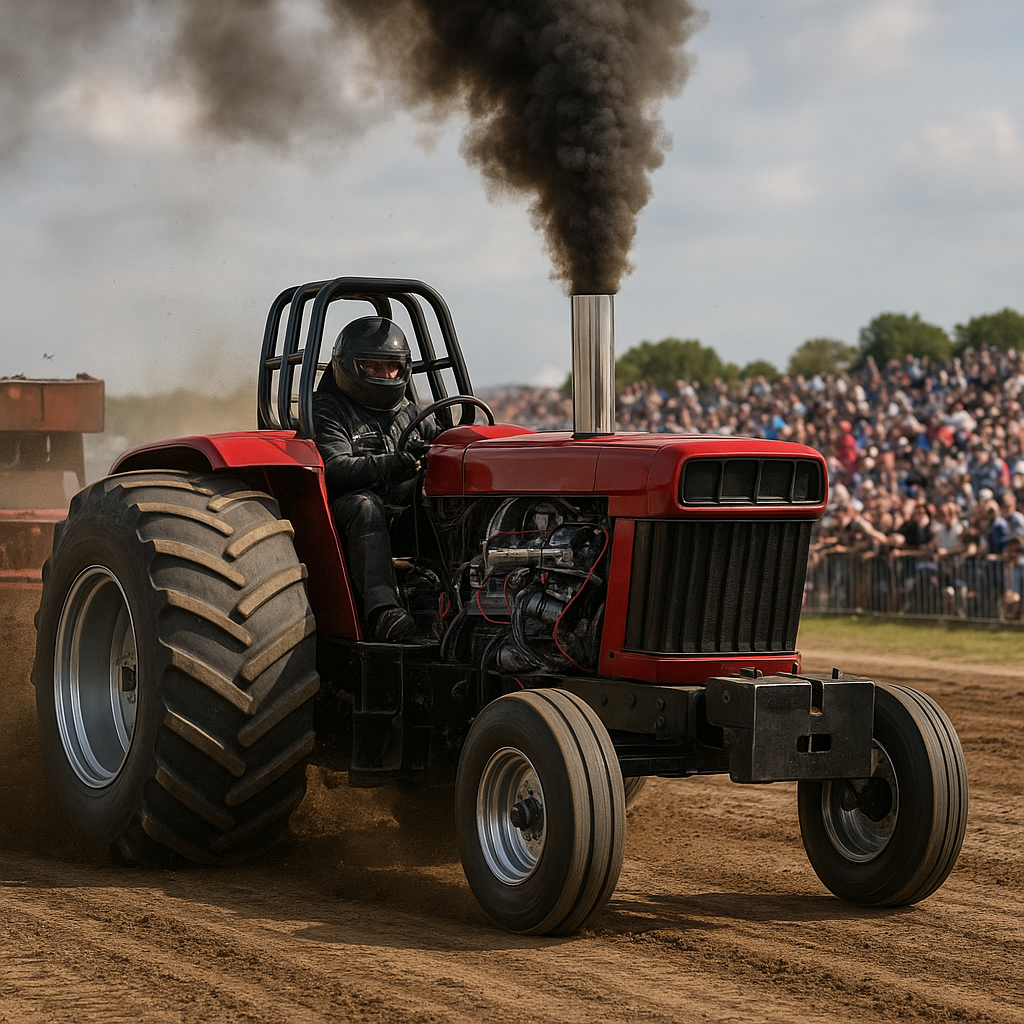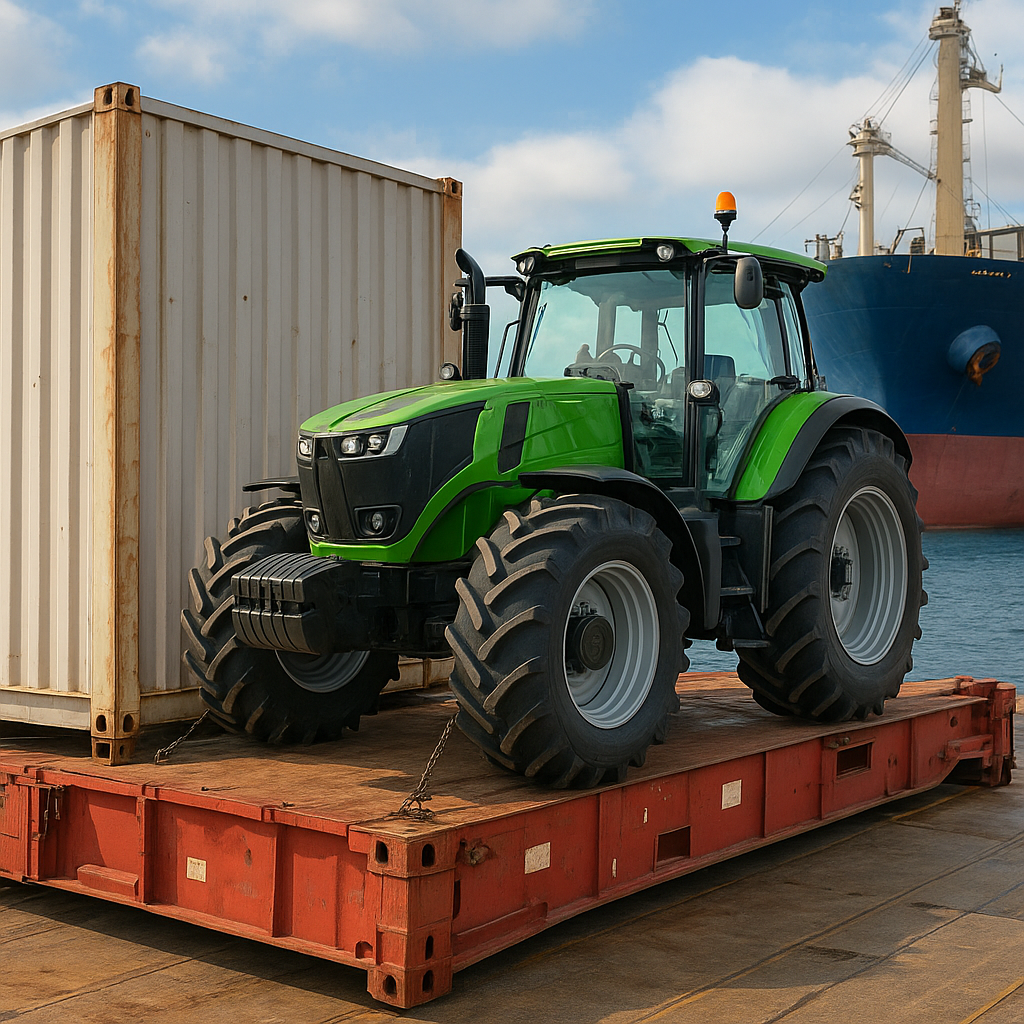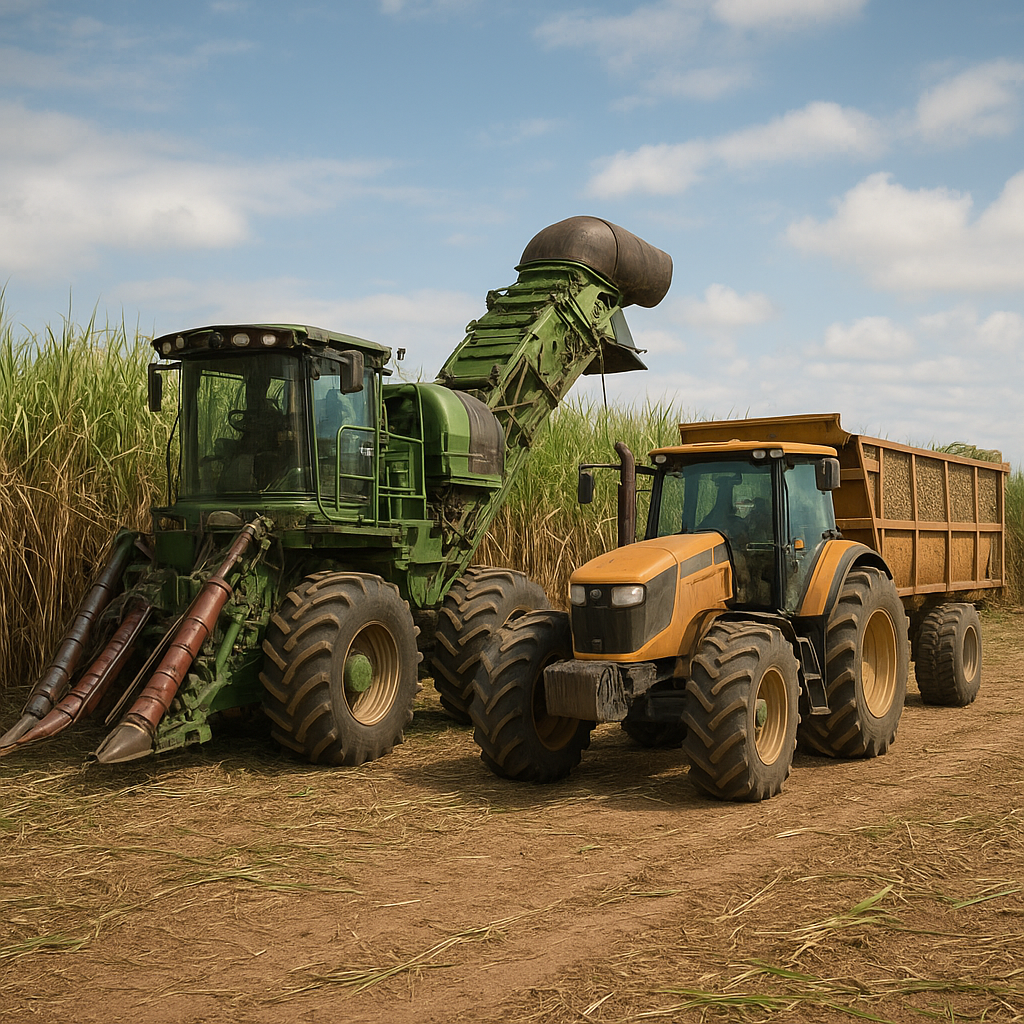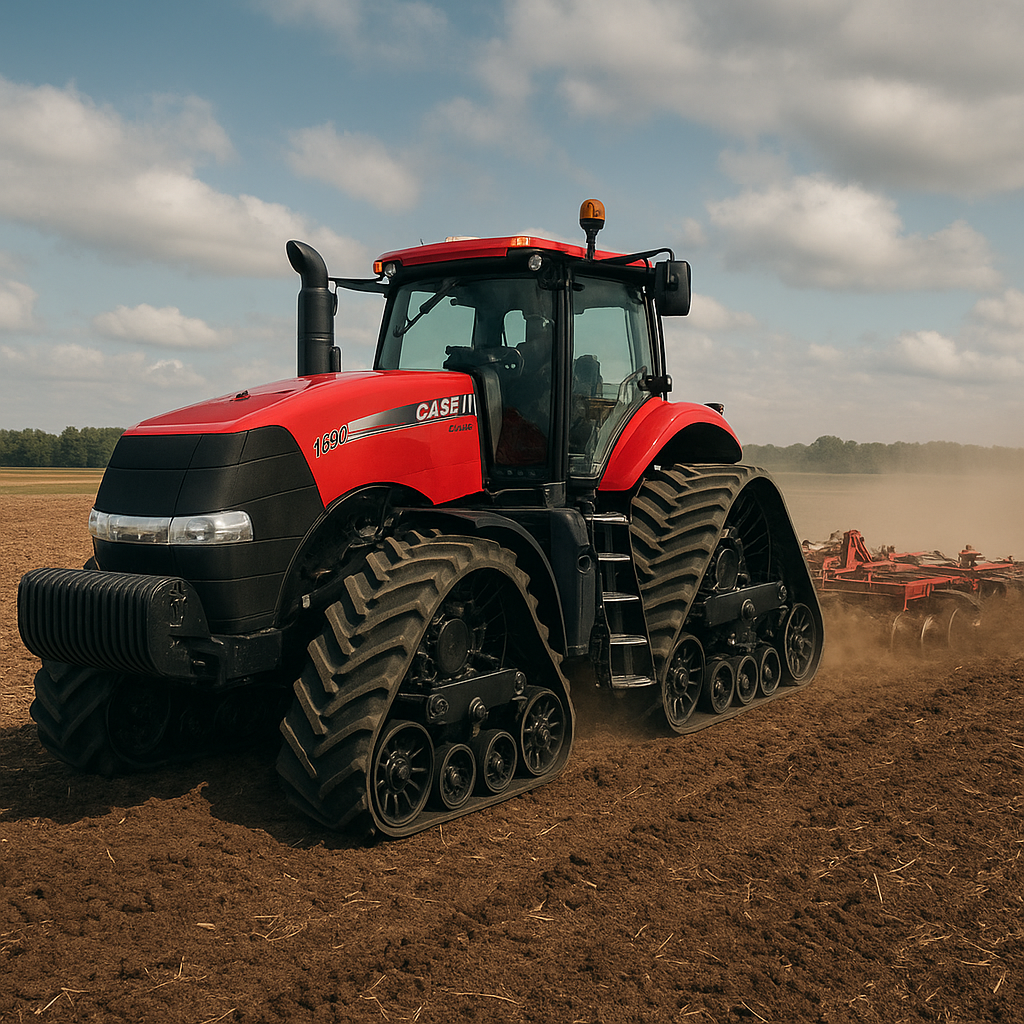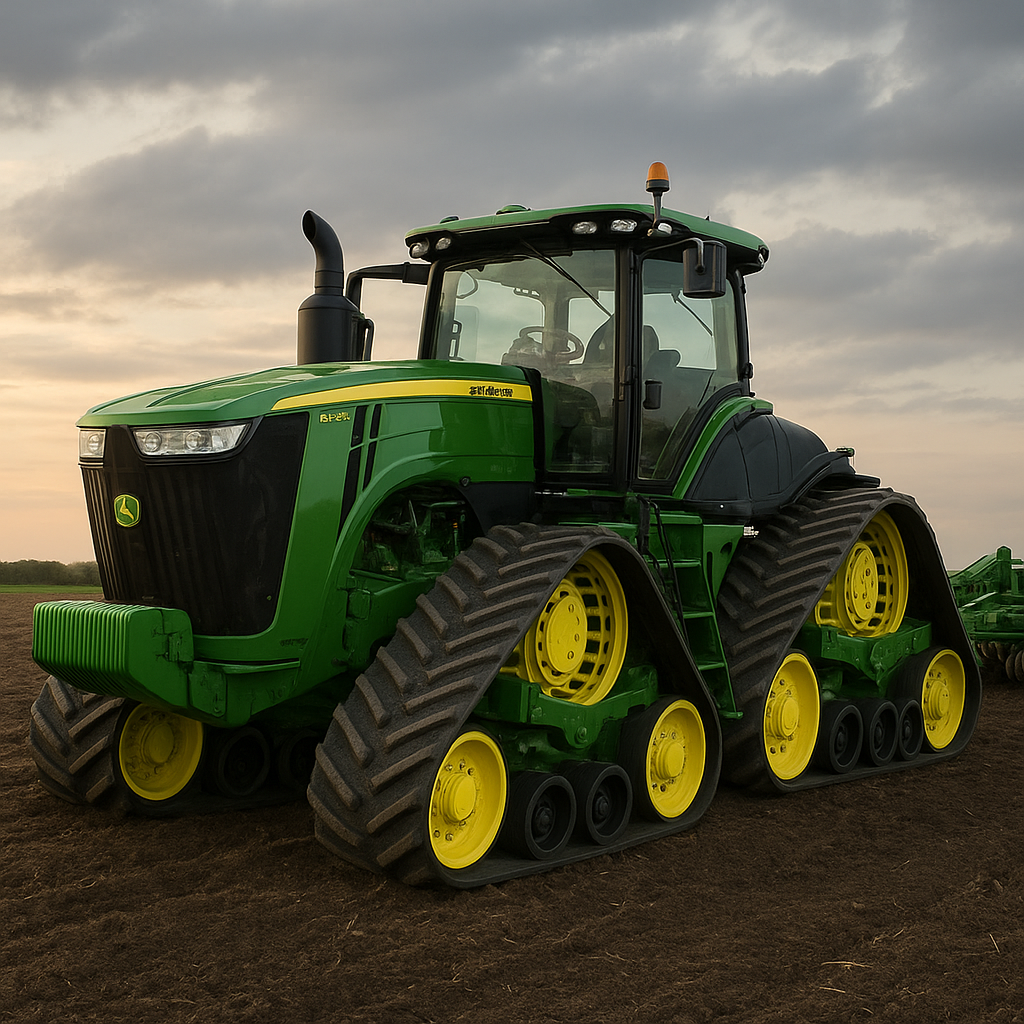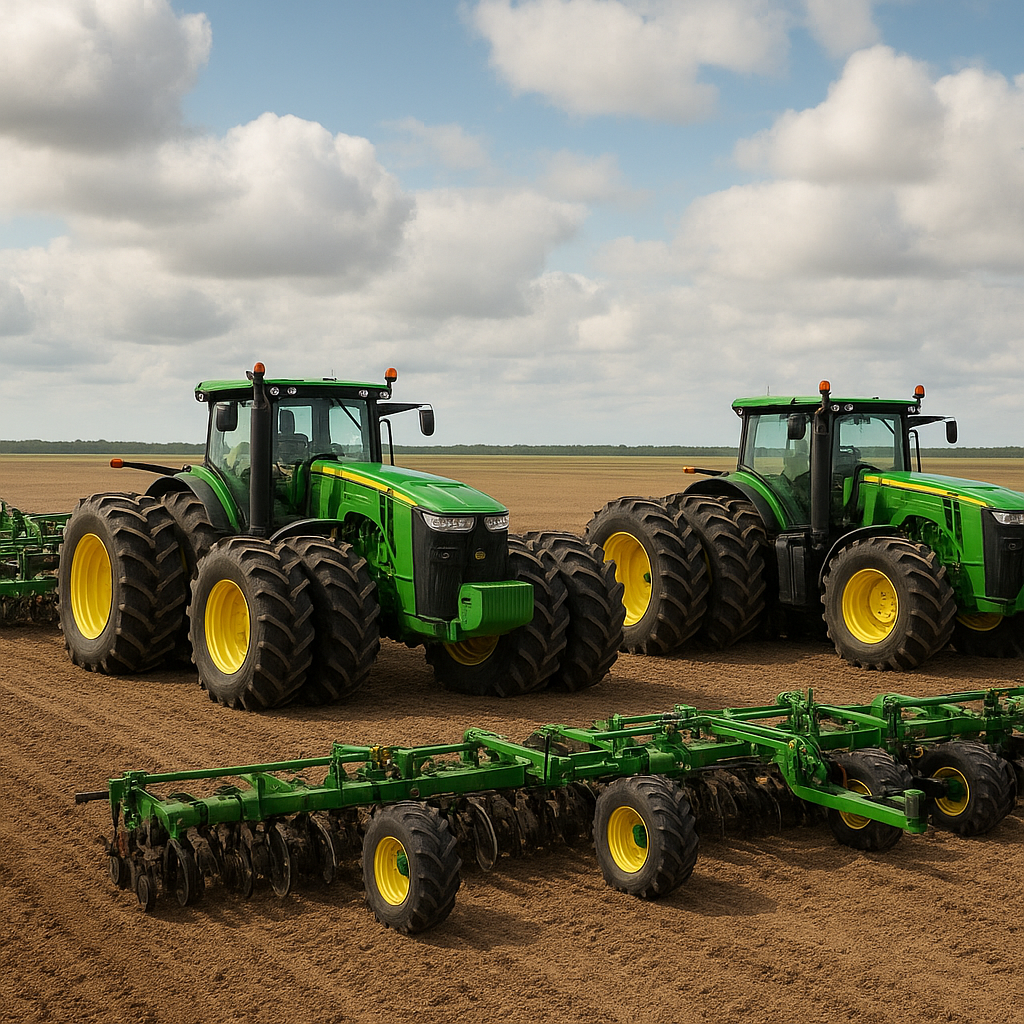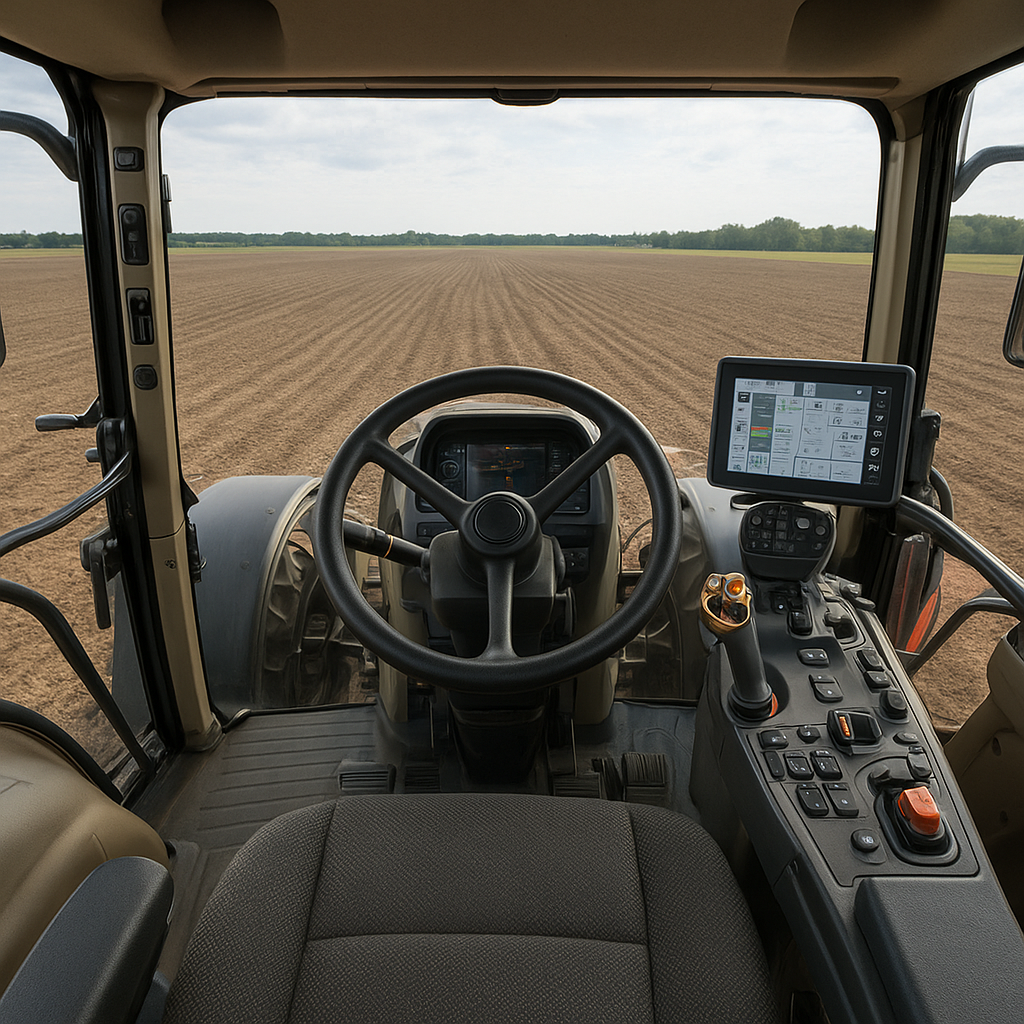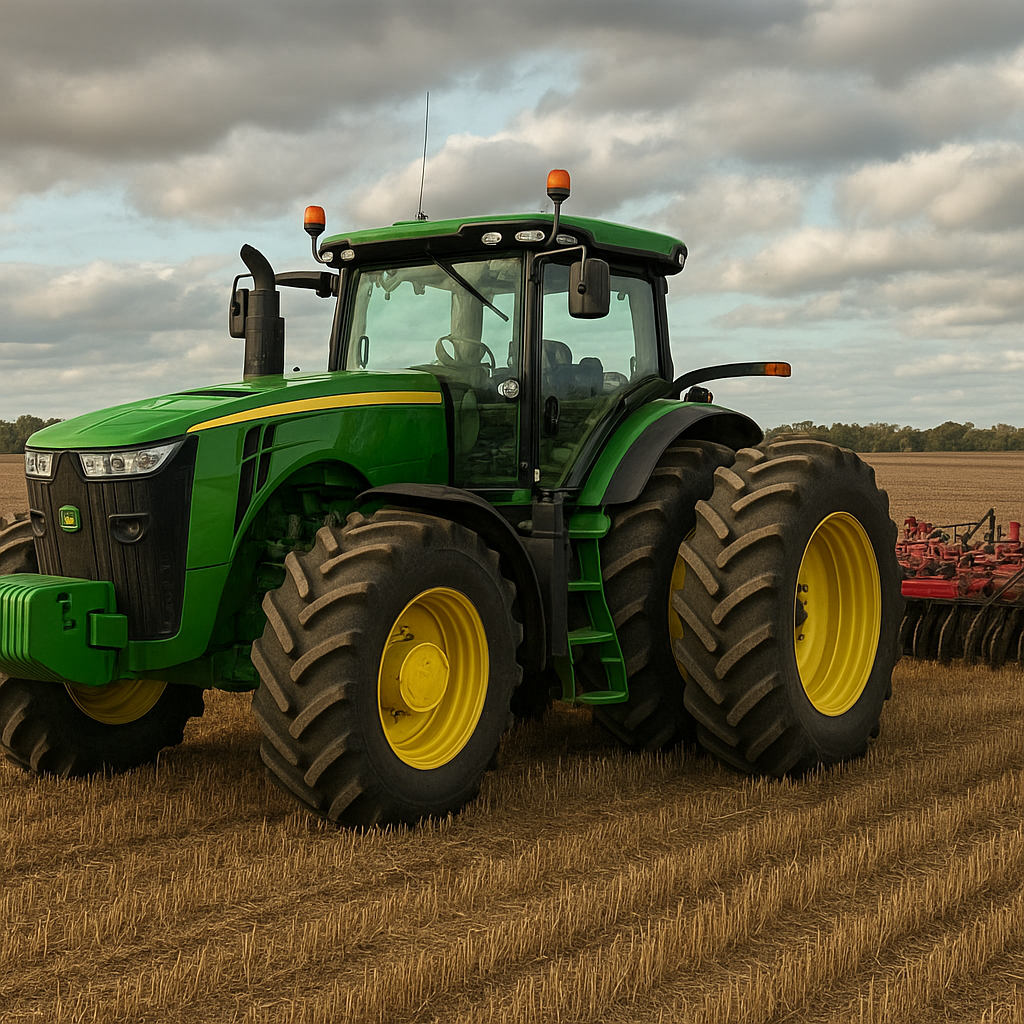Hydraulic systems in modern tractors have revolutionized the agricultural industry by providing unparalleled power and versatility. These systems are integral to the functionality of contemporary tractors, enabling them to perform a wide range of tasks with increased efficiency and precision. This article delves into the intricacies of hydraulic systems, exploring their components, operation, and the benefits they bring to modern farming.
Components of Hydraulic Systems
Hydraulic systems in tractors are composed of several key components that work together to generate and control hydraulic power. Understanding these components is essential for appreciating how these systems function and their impact on tractor performance.
Hydraulic Pump
The hydraulic pump is the heart of the hydraulic system. It converts mechanical energy from the tractor’s engine into hydraulic energy by pressurizing hydraulic fluid. There are various types of hydraulic pumps used in tractors, including gear pumps, piston pumps, and vane pumps. Each type has its own advantages and is selected based on the specific requirements of the tractor and its applications.
Hydraulic Fluid
Hydraulic fluid, also known as hydraulic oil, is the medium through which hydraulic power is transmitted. It is specially formulated to provide lubrication, reduce wear, and prevent corrosion within the hydraulic system. The choice of hydraulic fluid is crucial, as it affects the system’s efficiency, performance, and longevity.
Hydraulic Cylinders
Hydraulic cylinders are actuators that convert hydraulic energy into mechanical force. They are used to perform various tasks, such as lifting, pushing, pulling, and tilting. Hydraulic cylinders come in different configurations, including single-acting and double-acting cylinders, each suited for specific applications.
Control Valves
Control valves regulate the flow and direction of hydraulic fluid within the system. They allow the operator to control the movement and force of hydraulic actuators. Common types of control valves include directional control valves, pressure relief valves, and flow control valves. These valves ensure precise and safe operation of the hydraulic system.
Hydraulic Reservoir
The hydraulic reservoir stores hydraulic fluid and helps dissipate heat generated during system operation. It also allows for the expansion and contraction of hydraulic fluid due to temperature changes. Proper maintenance of the hydraulic reservoir is essential to prevent contamination and ensure the system’s reliability.
Operation and Benefits of Hydraulic Systems
The operation of hydraulic systems in modern tractors is based on the principles of fluid dynamics and pressure. When the hydraulic pump pressurizes the hydraulic fluid, it creates a force that can be harnessed to perform various tasks. The control valves direct this pressurized fluid to the hydraulic cylinders, which then execute the desired movements.
Enhanced Power and Efficiency
One of the primary benefits of hydraulic systems is the enhanced power they provide. Hydraulic systems can generate significant force, allowing tractors to perform heavy-duty tasks such as lifting large loads, operating implements, and powering attachments. This increased power translates to improved efficiency and productivity on the farm.
Precision and Control
Hydraulic systems offer precise control over the movement and force of tractor implements. This precision is crucial for tasks that require accuracy, such as planting, cultivating, and harvesting. Operators can make fine adjustments to the hydraulic system, ensuring optimal performance and minimizing crop damage.
Versatility and Adaptability
Modern tractors equipped with hydraulic systems are highly versatile and adaptable. They can be easily configured to perform a wide range of tasks by attaching different implements and attachments. This versatility reduces the need for multiple specialized machines, saving farmers time and money.
Reduced Operator Fatigue
Hydraulic systems reduce the physical effort required by operators to perform tasks. The hydraulic power assists in lifting, lowering, and maneuvering heavy implements, reducing operator fatigue and improving overall comfort. This is particularly important for long hours of operation during peak farming seasons.
Improved Safety
Safety is a critical consideration in modern farming, and hydraulic systems contribute to safer operations. Control valves and pressure relief mechanisms ensure that hydraulic systems operate within safe limits, preventing overloading and potential equipment failure. Additionally, the precise control offered by hydraulic systems reduces the risk of accidents and injuries.
Conclusion
Hydraulic systems have become an indispensable component of modern tractors, offering unmatched power, precision, and versatility. By understanding the components and operation of these systems, farmers can fully leverage their benefits to enhance productivity and efficiency on the farm. As technology continues to advance, hydraulic systems will likely play an even more significant role in the future of agriculture, driving innovation and sustainability in the industry.
